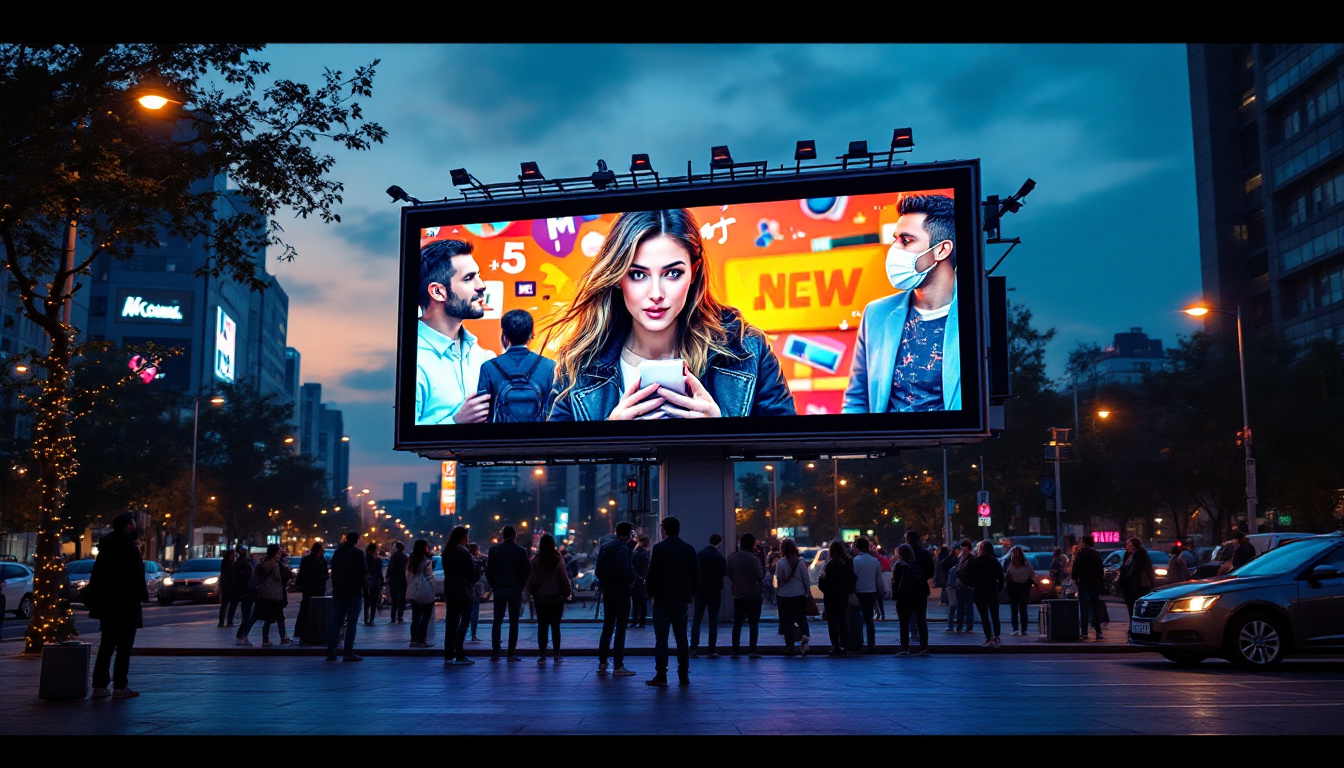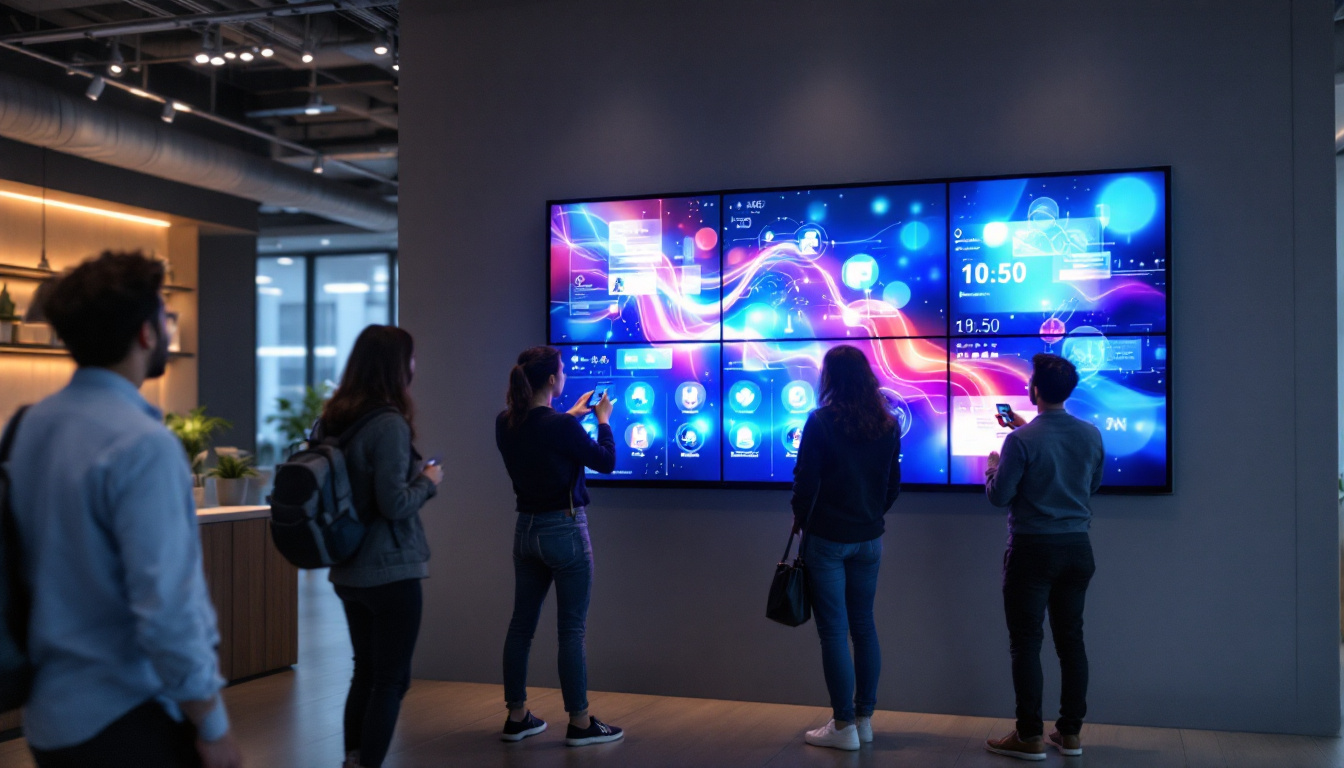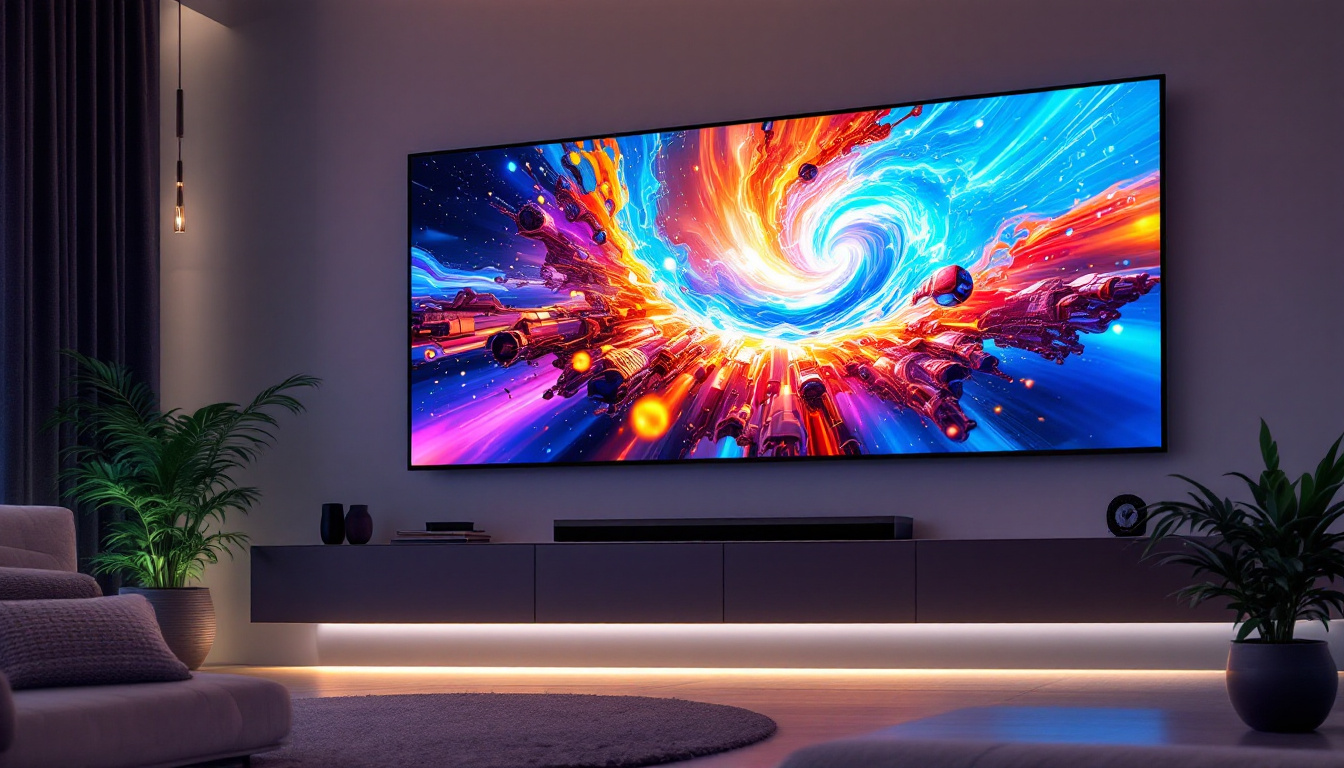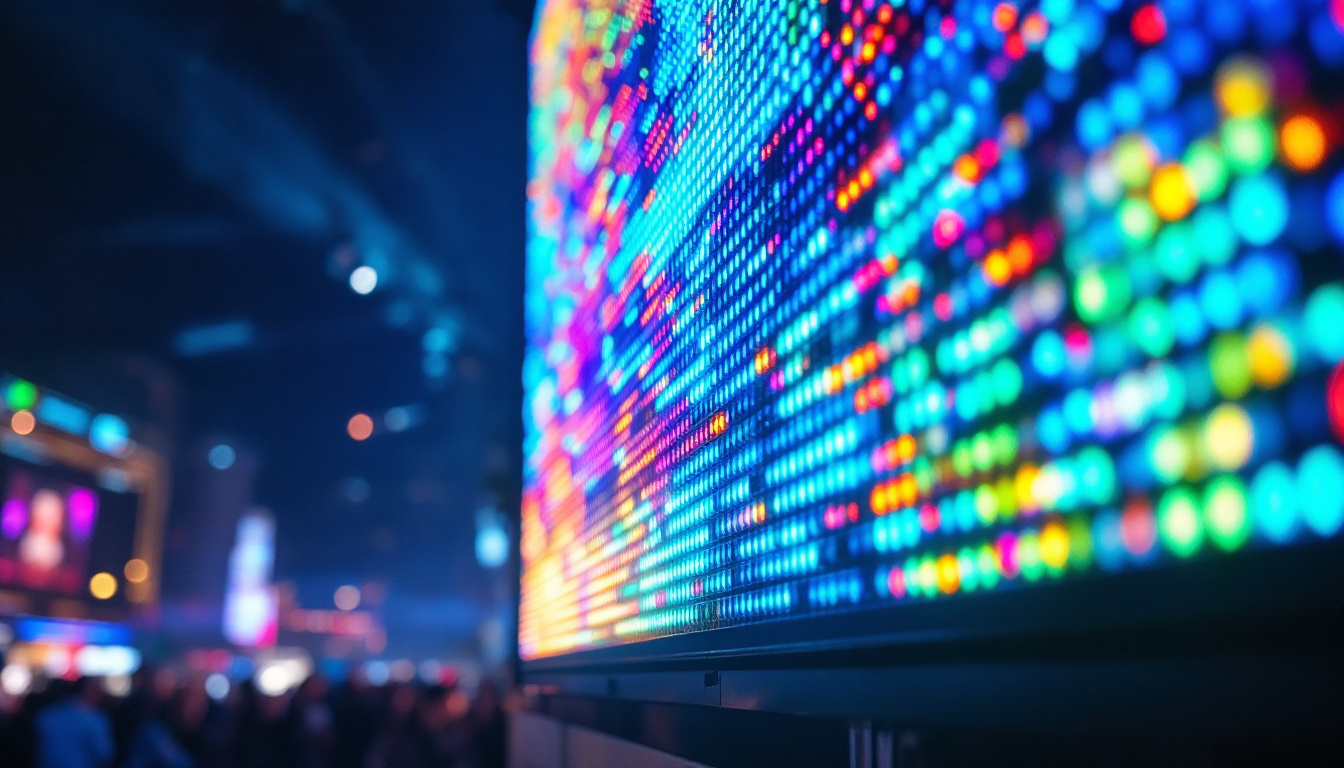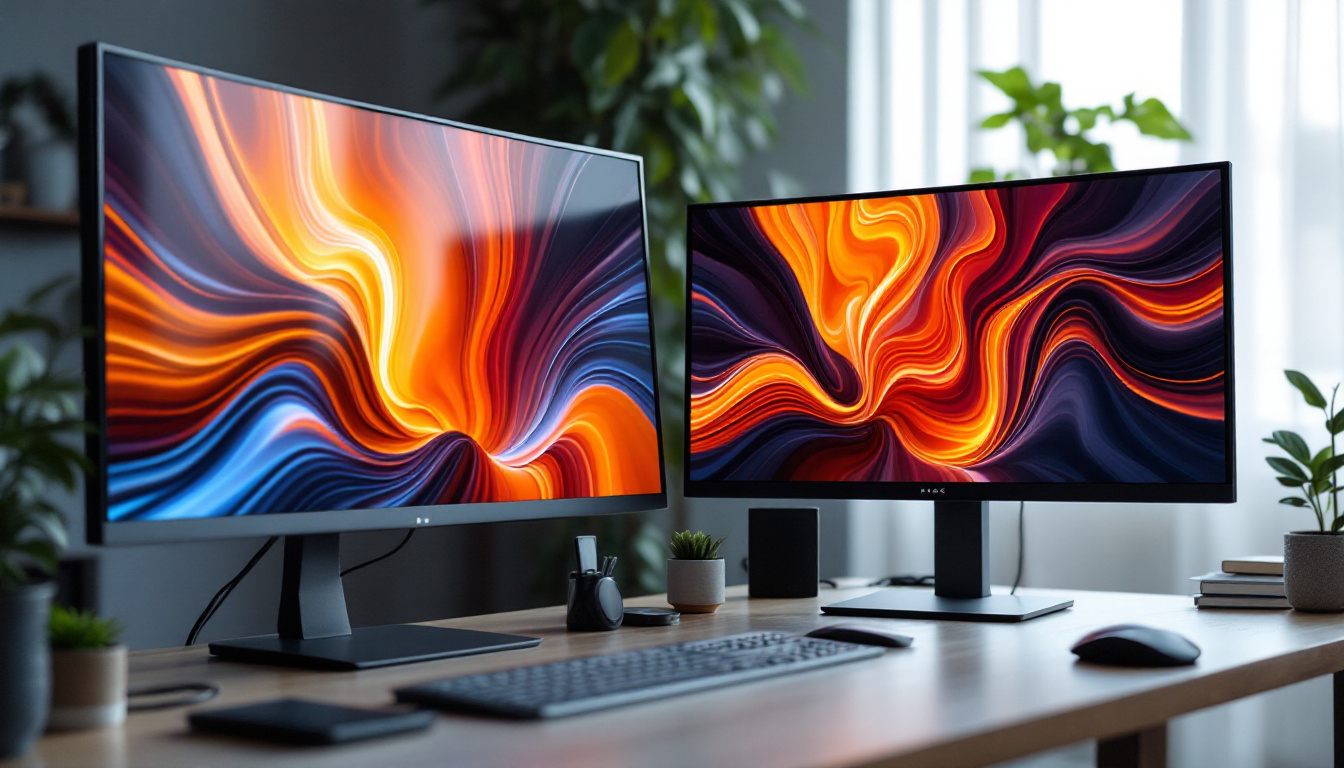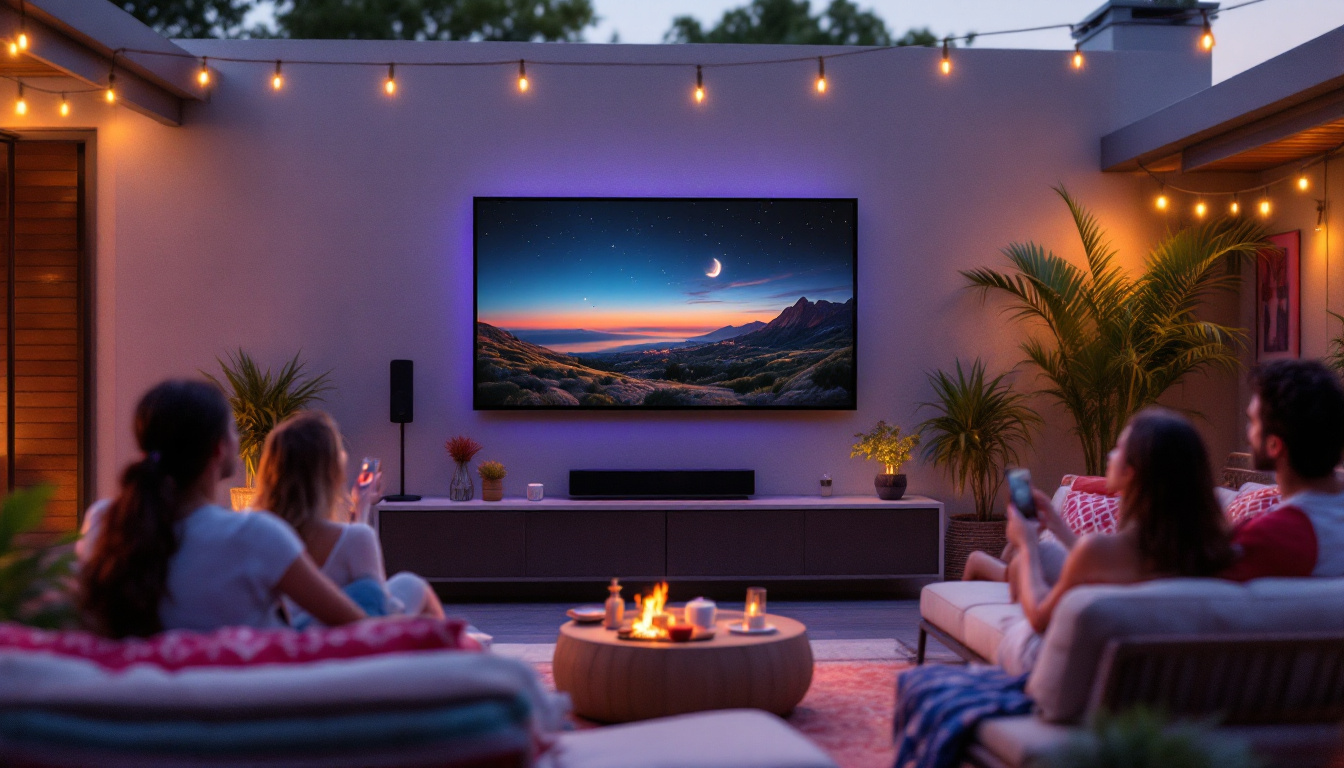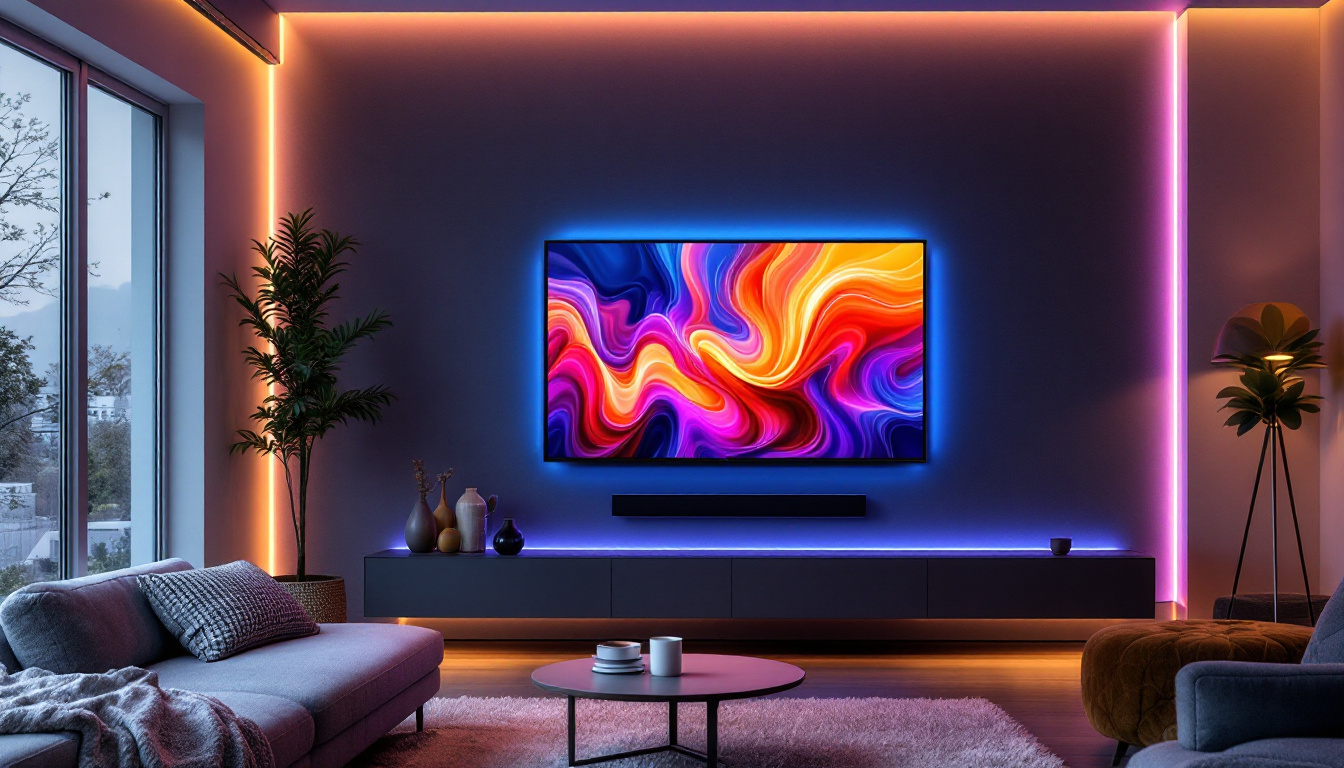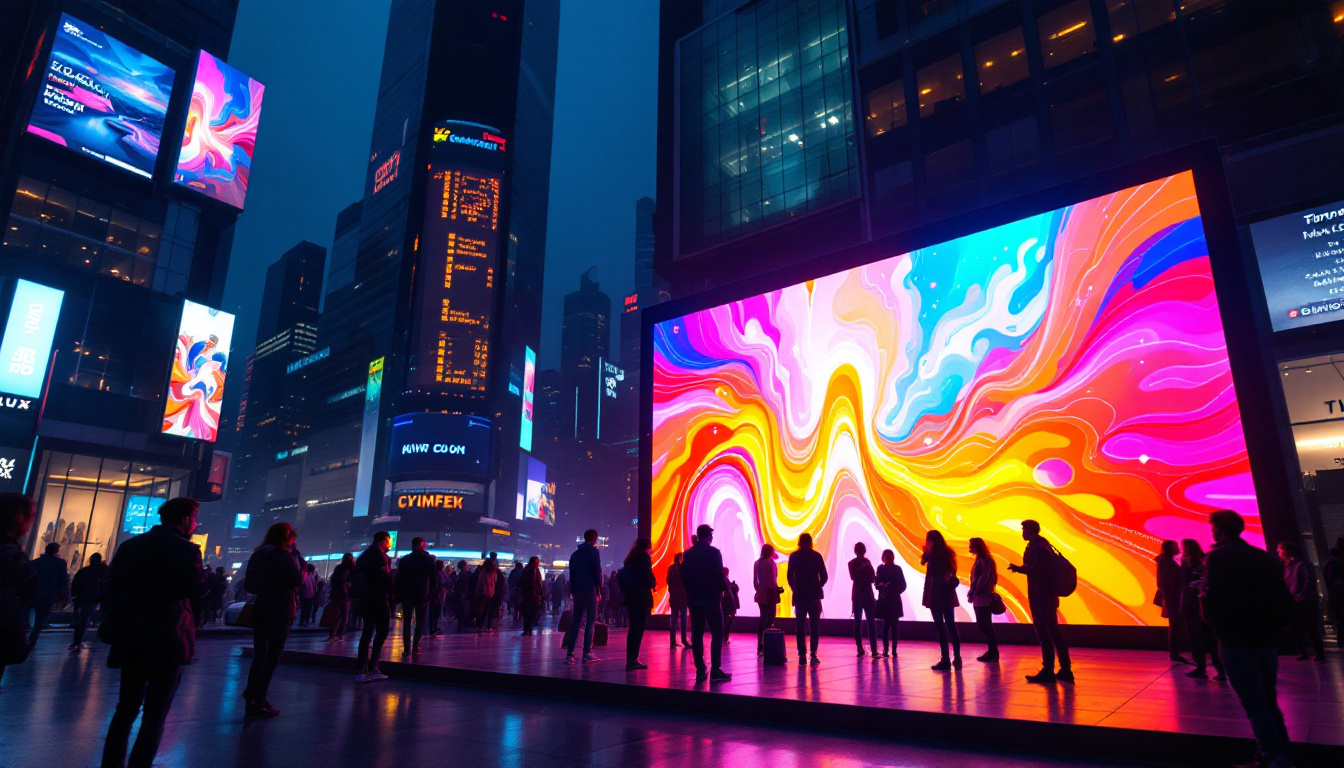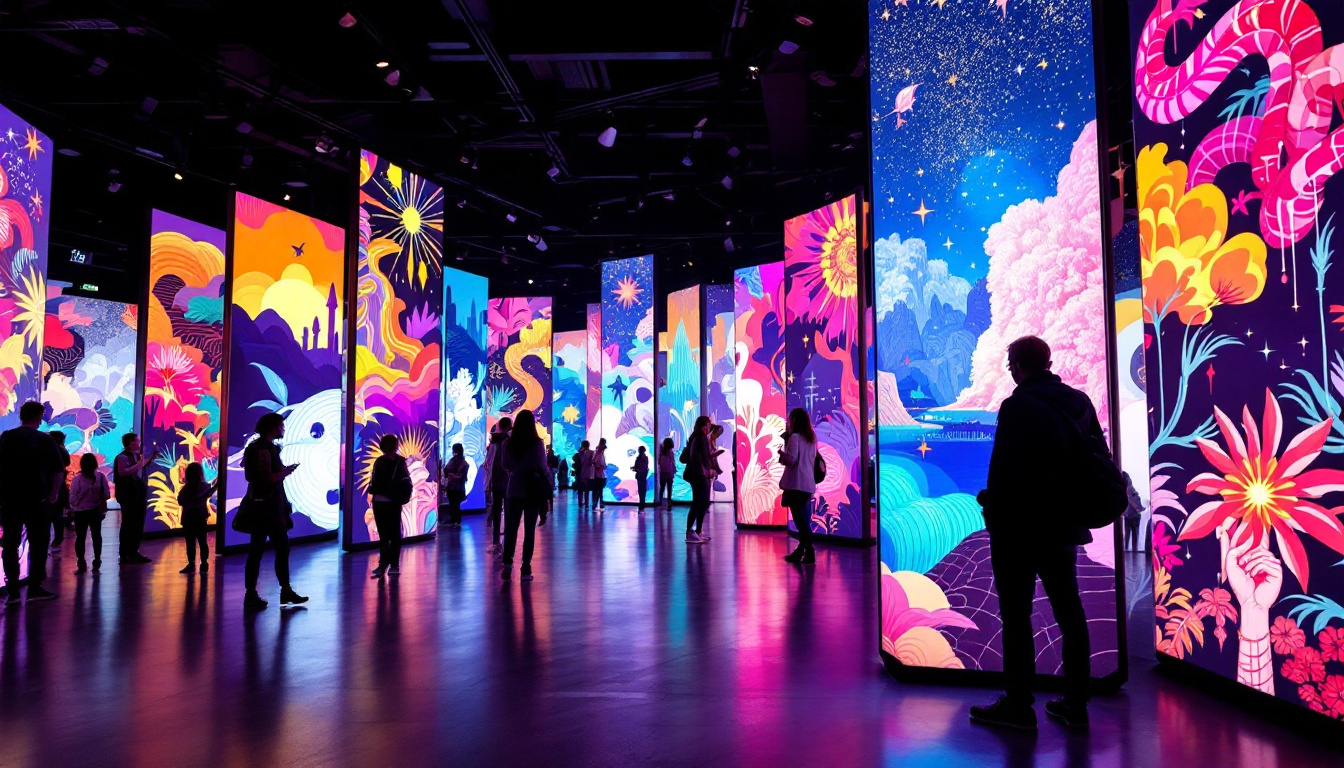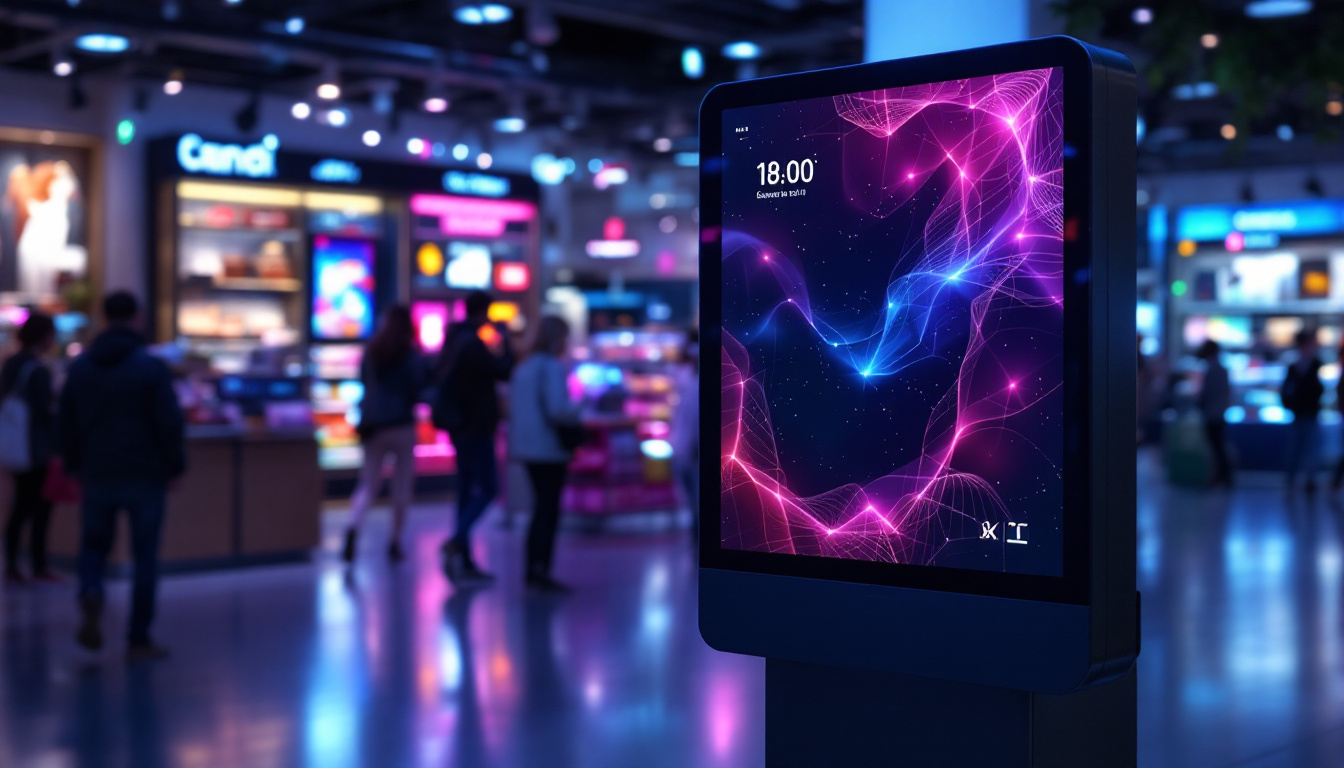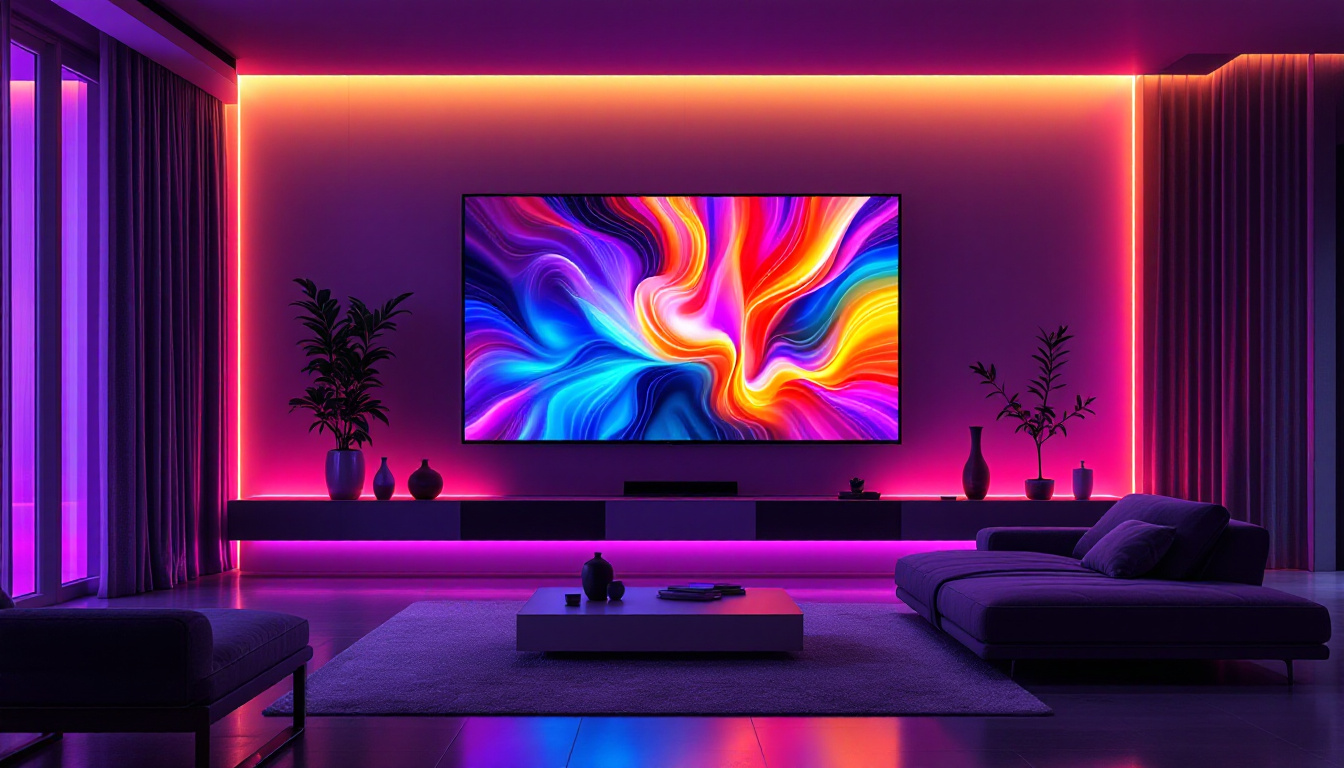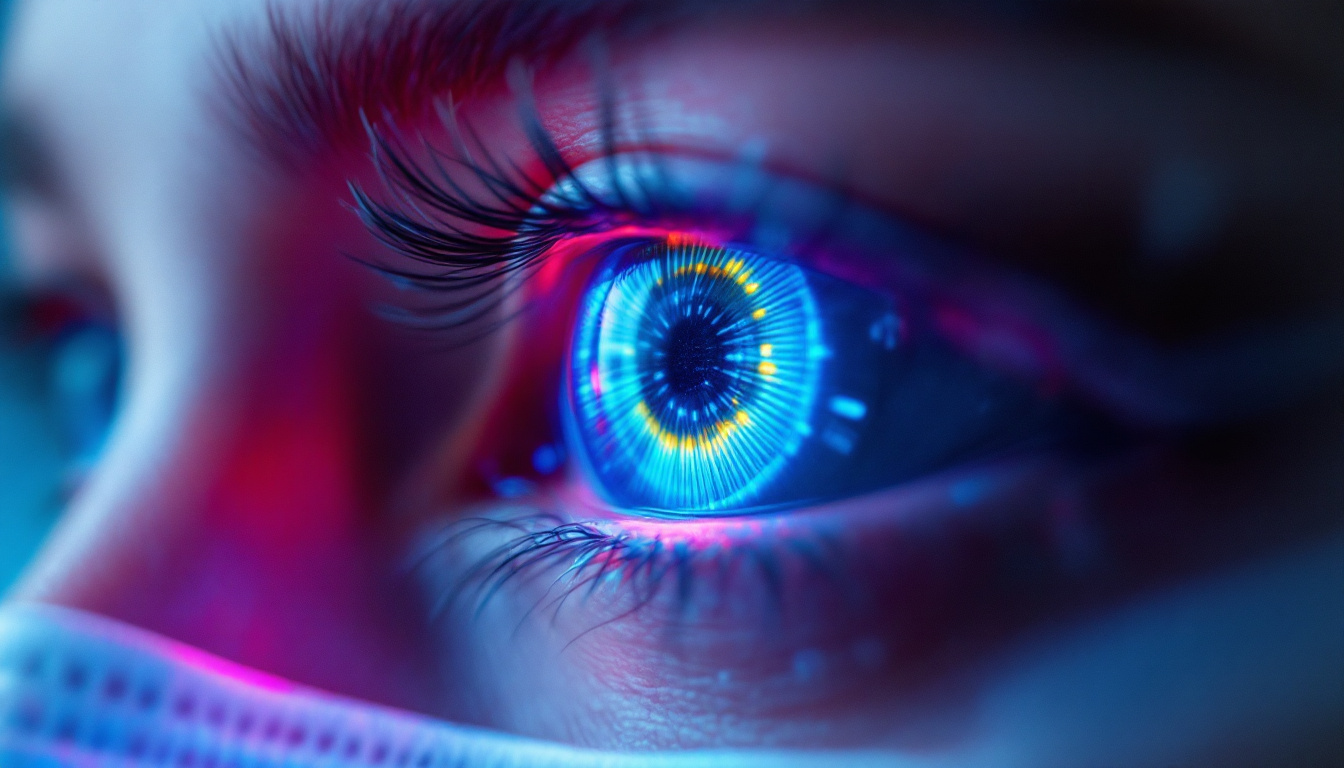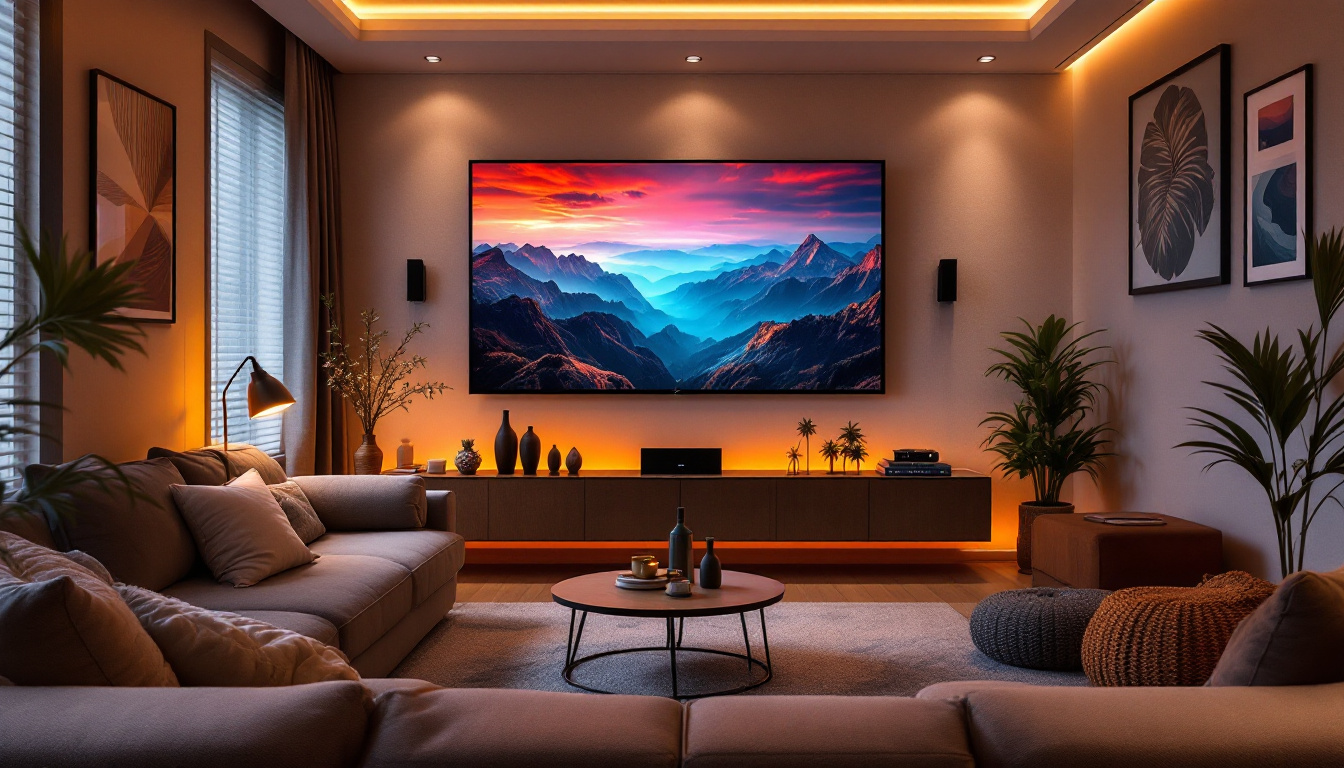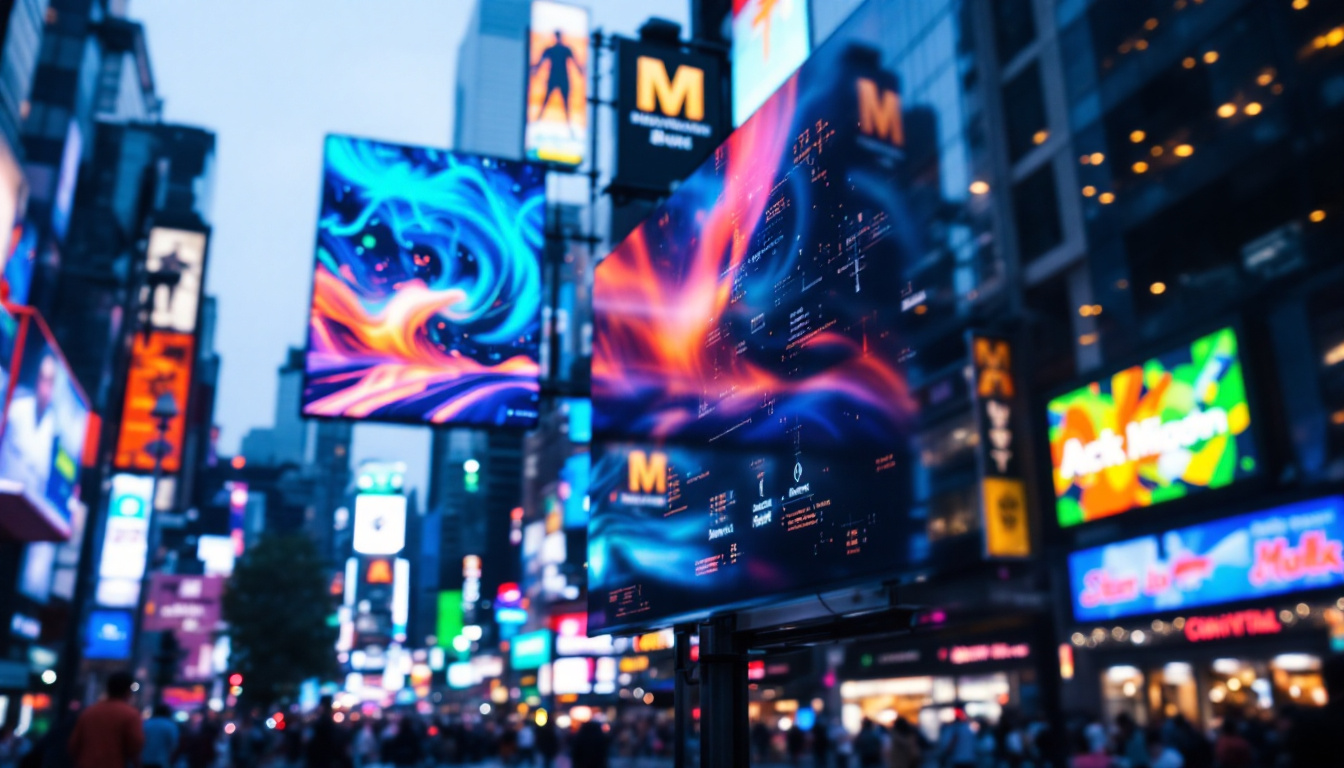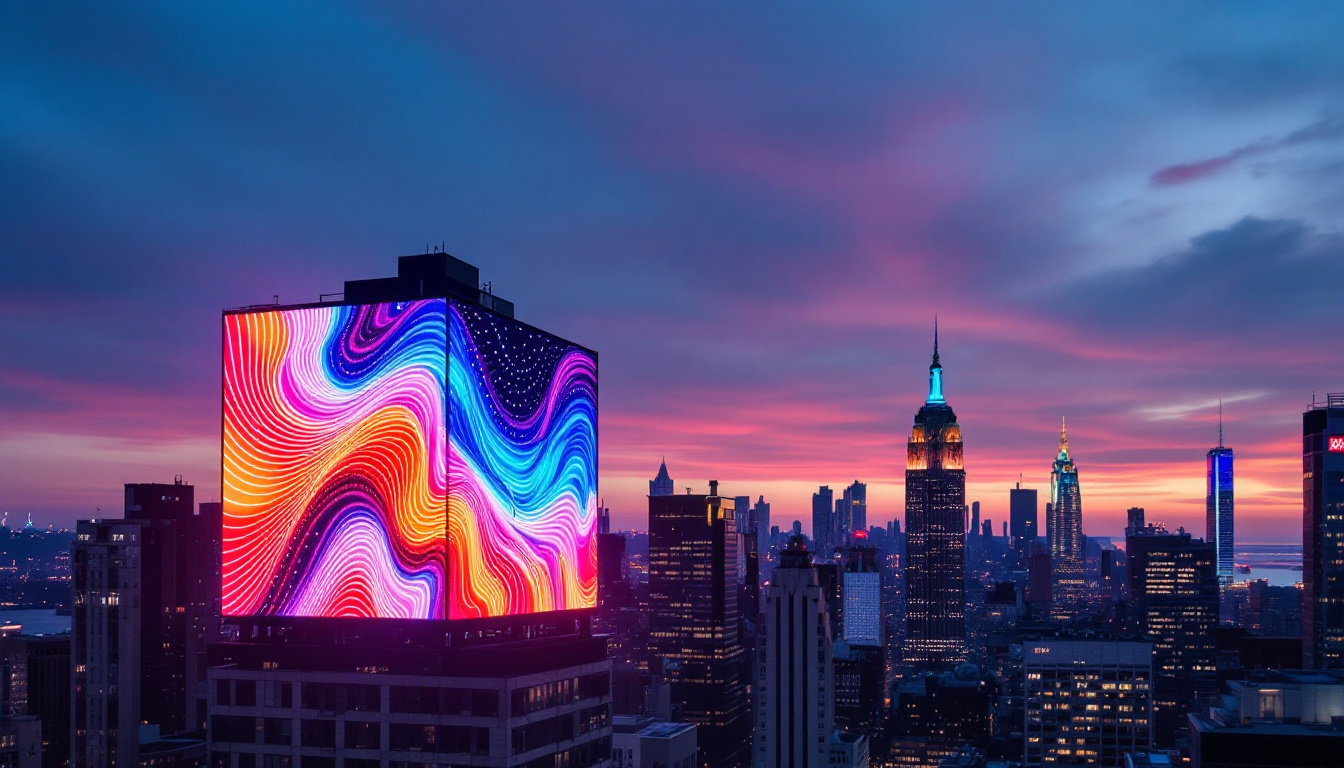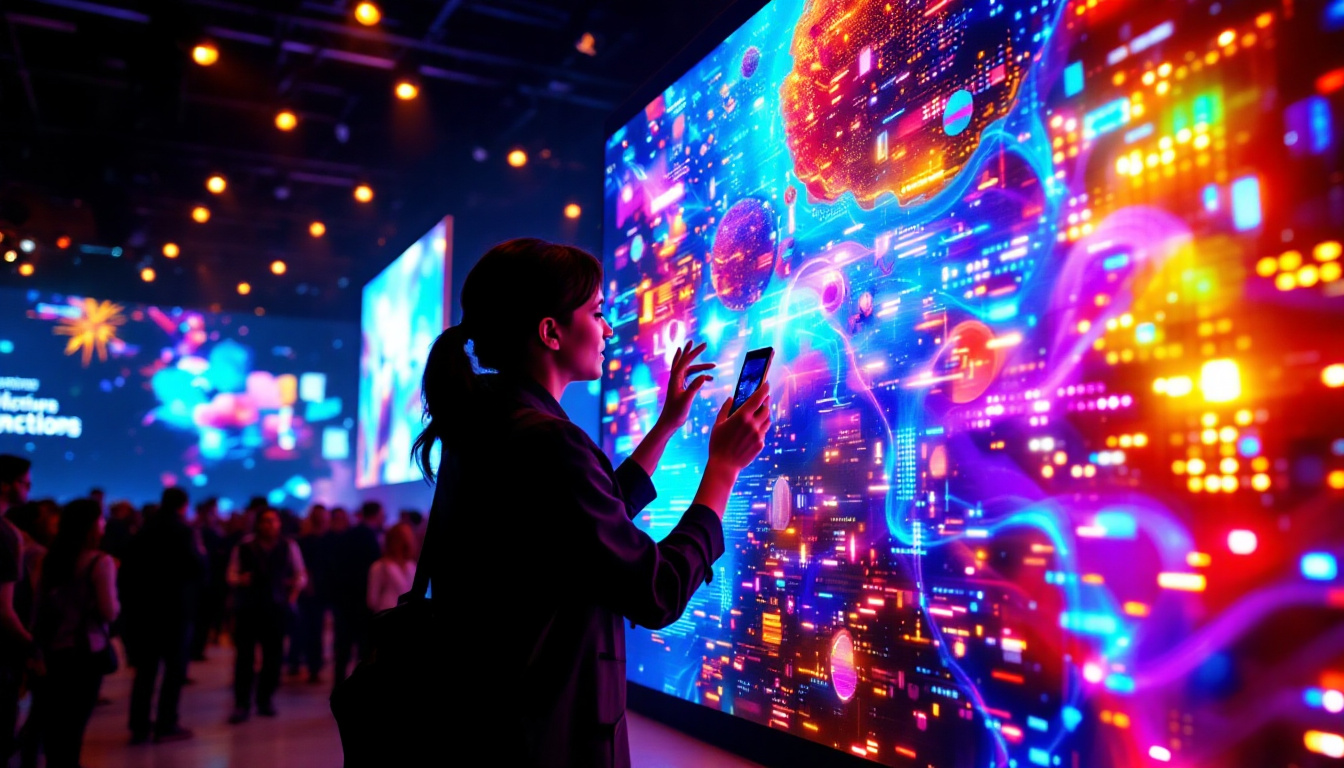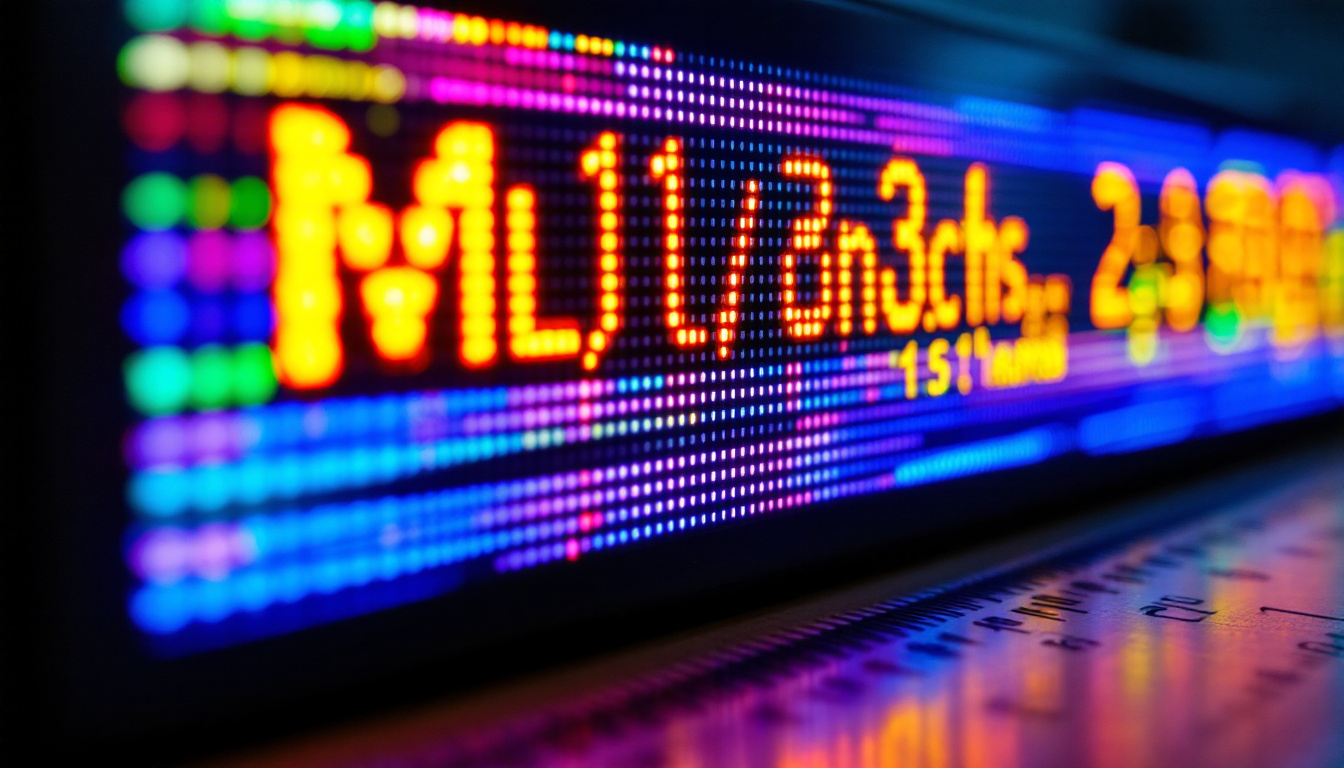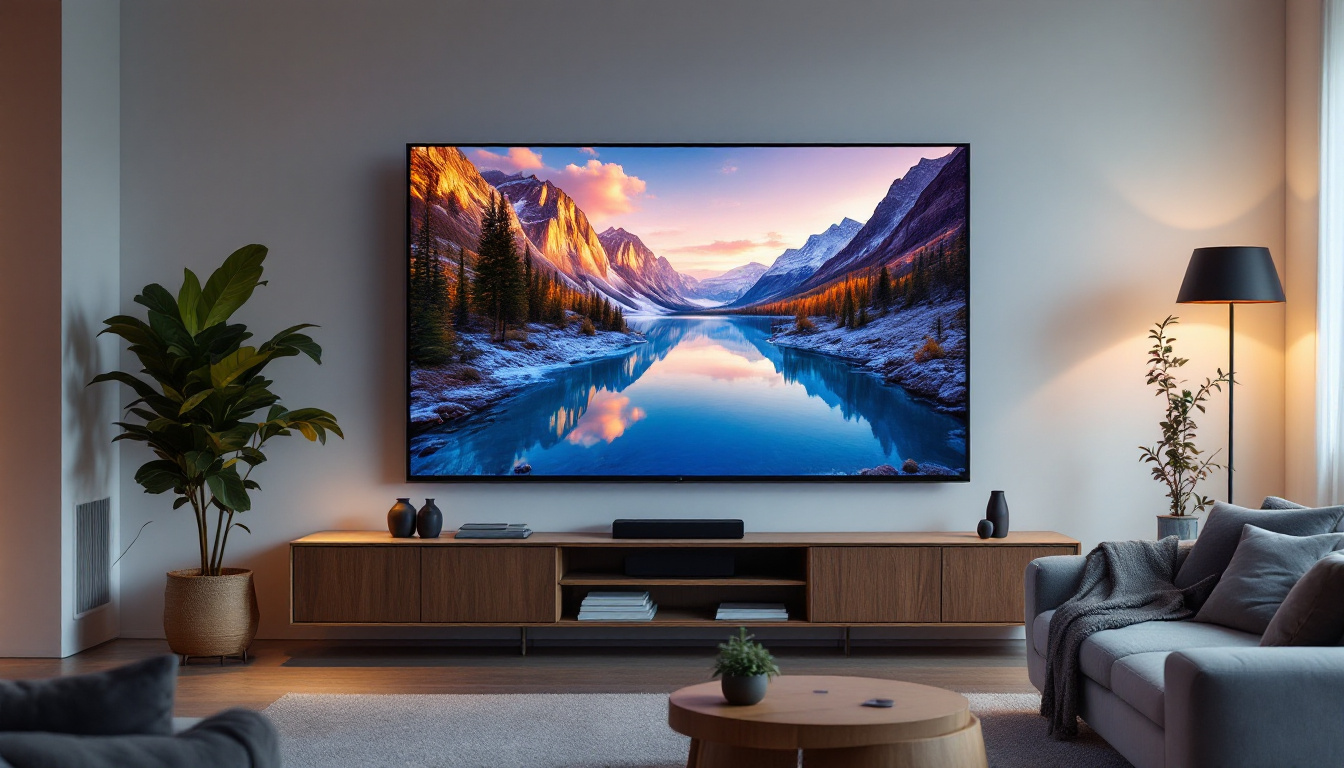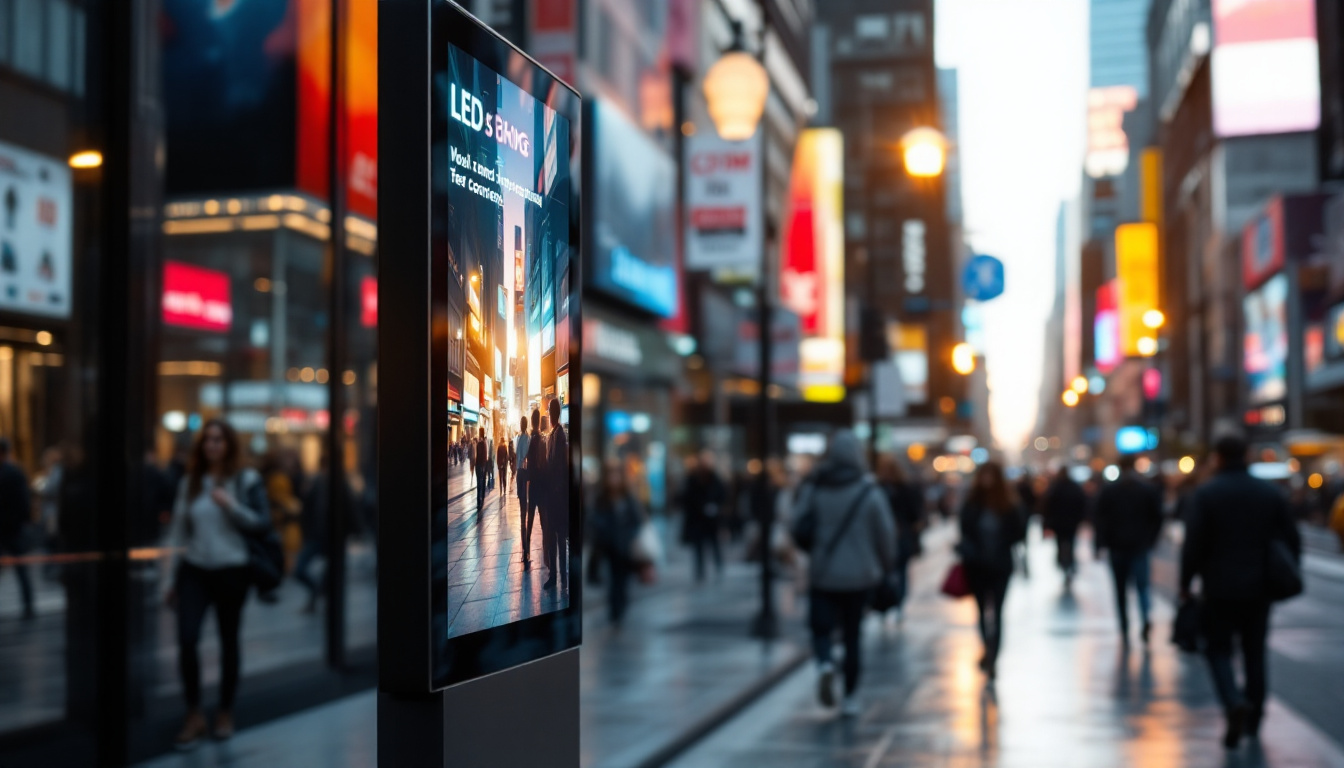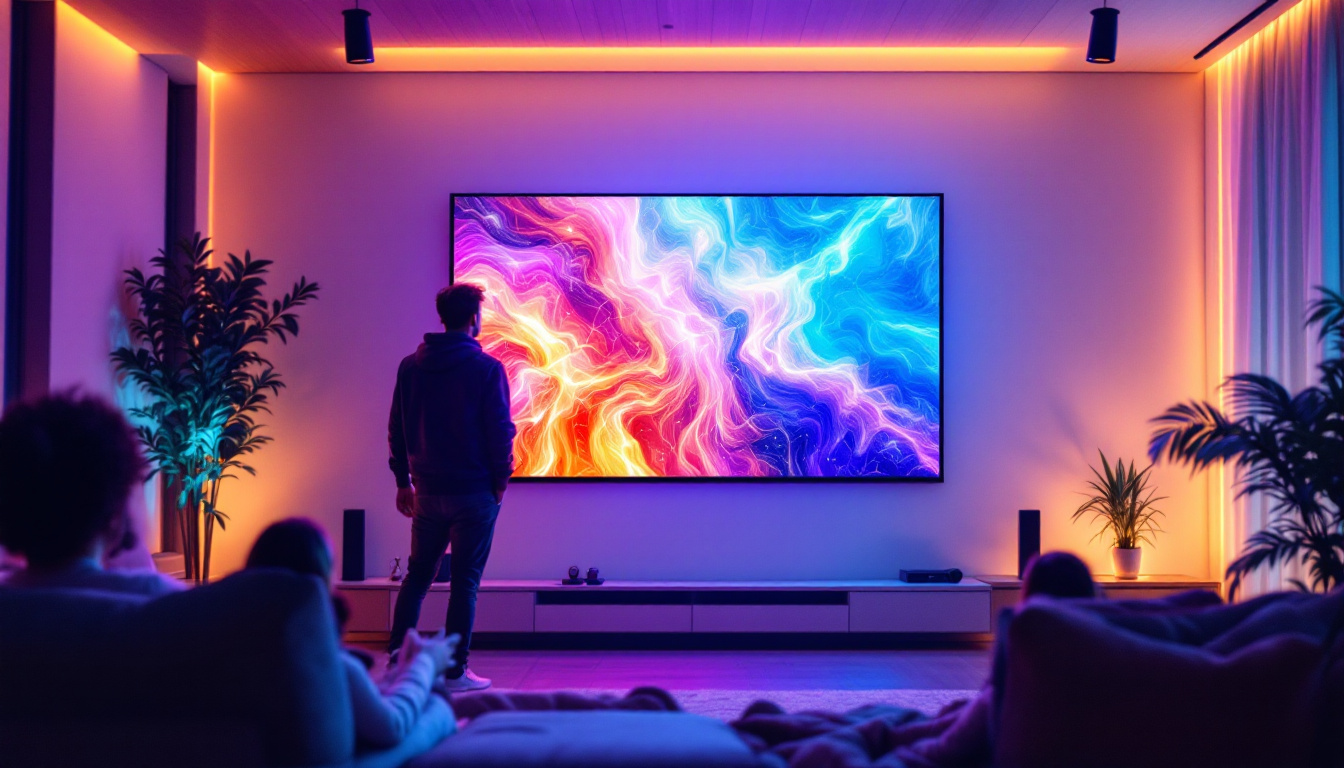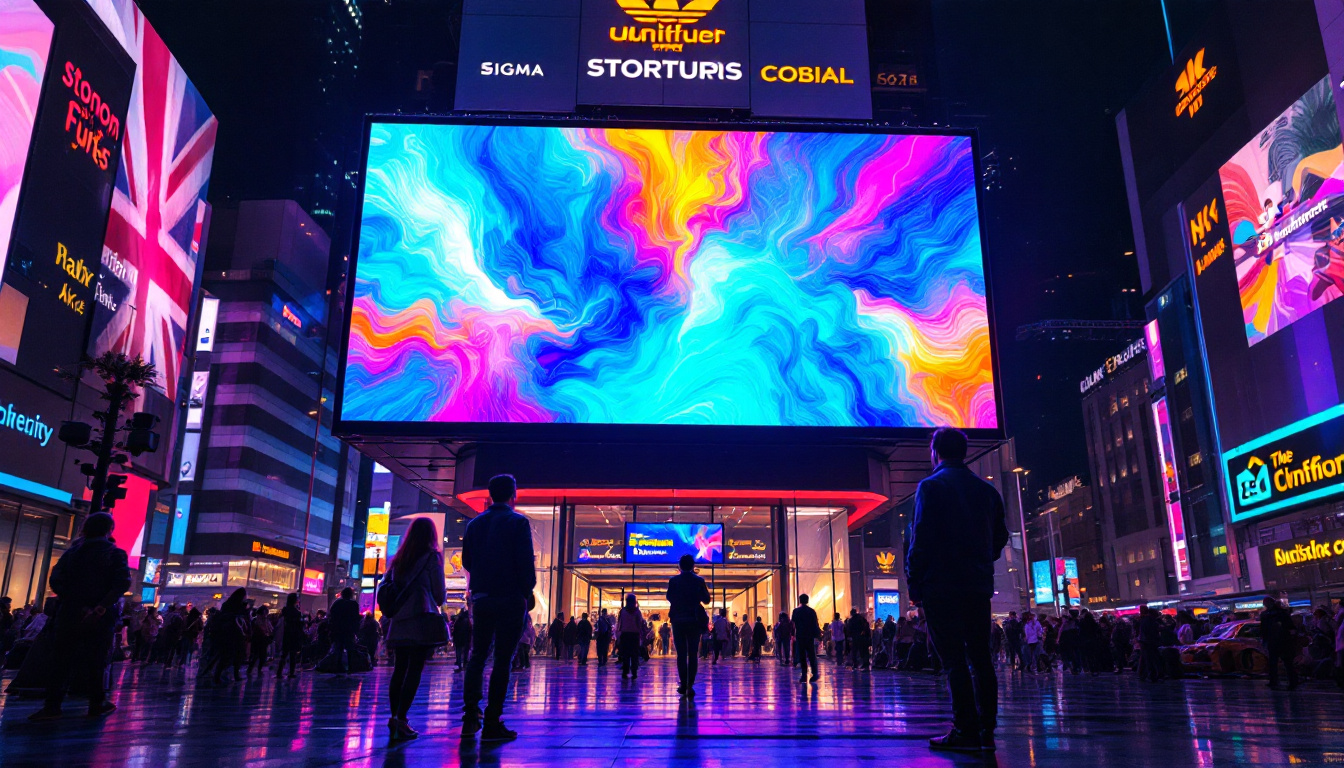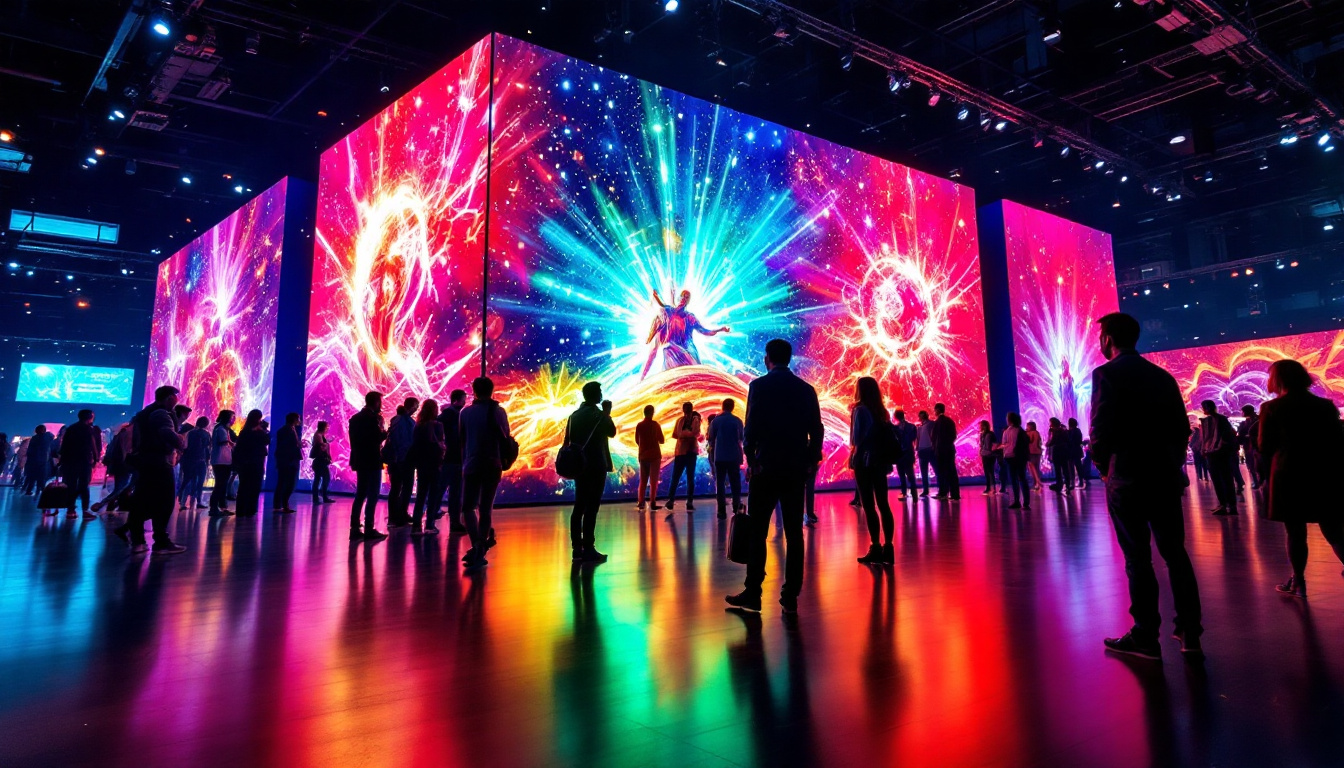In the ever-evolving landscape of advertising, mobile billboard advertising has emerged as a dynamic and effective way to reach audiences. Among the various forms of mobile advertising, LED displays stand out for their vibrant visuals and versatility. This article delves into the intricacies of LED display technology in mobile billboard advertising, exploring its benefits, applications, and future trends.
Understanding LED Displays
Light Emitting Diodes (LEDs) are semiconductor devices that emit light when an electric current passes through them. This technology has revolutionized the way information is displayed, particularly in advertising. Unlike traditional billboards, LED displays offer a range of advantages, including brightness, energy efficiency, and the ability to display dynamic content. The vibrant colors and sharp images produced by LED technology not only attract attention but also enhance the overall aesthetic of the advertising space, making it more appealing to potential customers.
Moreover, the longevity of LED displays contributes to their popularity. With a lifespan that can exceed 100,000 hours, they require less frequent replacement compared to incandescent or fluorescent lights. This durability translates into lower maintenance costs and a reduced environmental impact, as fewer materials are needed for production and disposal. As a result, businesses are increasingly adopting LED technology as a sustainable choice for their advertising needs.
How LED Displays Work
At the core of an LED display are numerous tiny diodes that work together to create images and videos. Each pixel is made up of red, green, and blue (RGB) diodes, which can be adjusted in intensity to produce a wide spectrum of colors. This allows for high-resolution images and animations that can capture the attention of passersby. The precision with which these diodes can be controlled enables the creation of intricate designs and smooth transitions, making LED displays a favorite for creative advertising campaigns.
The technology behind LED displays also includes sophisticated software that enables advertisers to manage content remotely. This means that ads can be updated in real-time, allowing for timely promotions and interactive campaigns that engage the audience more effectively than static displays. Additionally, many modern LED displays come equipped with sensors that can detect ambient light levels, automatically adjusting brightness for optimal visibility at any time of day, further enhancing their effectiveness in various environments.
Types of LED Displays
LED displays come in various forms, each suited for different advertising needs. The most common types include:
- Indoor LED Displays: Typically used in shopping malls, airports, and sports arenas, these displays are designed for close viewing and often have higher resolutions.
- Outdoor LED Displays: Built to withstand various weather conditions, these displays are larger and brighter, making them ideal for roadside advertising.
- Mobile LED Displays: Mounted on vehicles, these displays can travel to different locations, providing advertisers with flexibility and the ability to reach diverse audiences.
In addition to these common types, there are also specialized LED displays, such as transparent LED screens that allow for visibility through the display itself, making them perfect for storefronts that want to maintain an open feel while still showcasing advertisements. Another innovative type is the flexible LED display, which can be bent or shaped to fit unconventional spaces, offering even more creative possibilities for advertisers looking to stand out. As technology continues to advance, the potential applications for LED displays are expanding, paving the way for even more engaging and interactive advertising experiences.
The Benefits of Mobile LED Billboard Advertising
Mobile LED billboards offer a unique set of advantages that make them an attractive option for advertisers looking to maximize their reach and impact.
Enhanced Visibility
One of the most significant benefits of mobile LED billboards is their visibility. The bright, colorful displays can be seen from a distance, even in bright sunlight. This high visibility ensures that advertisements capture the attention of potential customers, making them more likely to engage with the brand. Moreover, the dynamic nature of LED technology allows for eye-catching animations and videos, which can further enhance viewer engagement. This capability transforms static advertisements into captivating visual experiences that resonate with audiences, making the messaging not only memorable but also shareable across social media platforms.
Targeted Advertising
Mobile LED billboards can be strategically placed in high-traffic areas where target demographics are likely to be present. This targeted approach allows advertisers to reach specific audiences effectively, increasing the likelihood of conversion. Furthermore, with the ability to change content on the fly, advertisers can tailor their messages based on time of day, location, or current events. For instance, a food truck might promote lunch specials during the midday rush, while a local event could be advertised in the evening when foot traffic is higher. This adaptability ensures that the advertising remains relevant and timely, maximizing the chances of engagement from passersby.
Cost-Effectiveness
While the initial investment in LED technology can be substantial, the long-term benefits often outweigh the costs. Mobile LED billboards can reach thousands of potential customers in a single day, providing significant exposure for a relatively low cost per impression. Additionally, the durability of LED displays means fewer replacements and maintenance costs compared to traditional print billboards. This cost-effectiveness is further enhanced by the ability to run multiple campaigns simultaneously on a single billboard, allowing brands to promote various products or services without the need for multiple physical displays. This not only maximizes the return on investment but also allows for greater flexibility in marketing strategies, adapting to the ever-changing landscape of consumer preferences and behaviors.
Applications of Mobile LED Displays
The versatility of mobile LED displays allows them to be used in various advertising contexts. Here are some of the most common applications:
Event Promotion
Mobile LED billboards are frequently used to promote events, such as concerts, festivals, and sporting events. By displaying event information, countdowns, and promotional videos, these billboards create excitement and drive ticket sales. Their mobility allows them to follow the event, reaching audiences at multiple locations.
Brand Awareness Campaigns
For brands looking to increase visibility and recognition, mobile LED displays provide an excellent platform. By showcasing eye-catching visuals and engaging content, brands can create memorable experiences that resonate with consumers. This approach is particularly effective in crowded urban environments where traditional advertising may be overlooked.
Public Service Announcements
Mobile LED displays are also utilized for public service announcements (PSAs). Government agencies and non-profit organizations can use this medium to disseminate important information, such as safety alerts, health campaigns, or community events. The ability to reach diverse audiences in real-time makes mobile LED displays a valuable tool for public outreach.
Challenges and Considerations
While mobile LED billboard advertising offers numerous benefits, there are also challenges that advertisers must navigate. Understanding these challenges is crucial for maximizing the effectiveness of campaigns.
Regulatory Compliance
Different regions have varying regulations regarding outdoor advertising, including mobile billboards. Advertisers must ensure compliance with local laws, which may dictate where and when mobile billboards can operate. Failure to adhere to these regulations can result in fines or the removal of advertising materials, which can be costly.
Content Management
Managing content for mobile LED displays requires careful planning and execution. Advertisers must create engaging visuals that are easy to read and understand quickly. Additionally, the ability to update content in real-time necessitates a reliable software system and skilled personnel to manage it effectively.
Technical Issues
Like any technology, LED displays are susceptible to technical issues. Weather conditions, power outages, or hardware malfunctions can disrupt advertising campaigns. Advertisers must have contingency plans in place to address these issues promptly, ensuring minimal downtime and continued engagement with the audience.
Future Trends in Mobile LED Advertising
The landscape of mobile LED advertising is continuously evolving, driven by advancements in technology and changing consumer behaviors. Here are some trends to watch for in the coming years:
Integration with Digital Marketing
As digital marketing continues to grow, the integration of mobile LED displays with online campaigns is becoming increasingly common. Advertisers can use data analytics to target specific audiences more effectively, tailoring content based on user behavior and preferences. This synergy between digital and outdoor advertising is likely to enhance campaign effectiveness.
Interactive Experiences
Future mobile LED displays may incorporate interactive features, allowing audiences to engage directly with the content. For example, QR codes or social media integration can encourage viewers to participate in campaigns, share their experiences, or even make purchases on the spot. This level of interactivity can create a more immersive advertising experience.
Environmental Considerations
As sustainability becomes a priority for consumers, advertisers are increasingly seeking eco-friendly solutions. LED technology is already more energy-efficient than traditional lighting, but future advancements may further reduce energy consumption and environmental impact. Advertisers who prioritize sustainability in their campaigns may resonate more with environmentally conscious consumers.
Conclusion
Mobile billboard advertising using LED displays represents a powerful tool for brands seeking to enhance their visibility and engage with audiences. With their vibrant visuals, flexibility, and ability to deliver targeted content, LED displays are transforming the advertising landscape. As technology continues to advance, the potential for mobile LED advertising will only grow, offering exciting opportunities for innovation and engagement.
In a world where attention is fleeting, mobile LED billboards provide a captivating way to connect with consumers, making them an essential component of modern advertising strategies. Embracing this technology can lead to increased brand awareness, higher engagement rates, and ultimately, greater success in the competitive marketplace.
Illuminate Your Brand with LumenMatrix
Ready to elevate your advertising strategy and captivate your audience like never before? Discover the innovative world of LumenMatrix, where cutting-edge LED display technology awaits to transform your brand’s visibility. From the bustling streets to the heart of events, our diverse range of LED display solutions, including Indoor and Outdoor LED Walls, Vehicle Displays, and more, are designed to create unforgettable visual experiences. Don’t miss the opportunity to revolutionize your visual communication. Check out LumenMatrix LED Display Solutions today and light up your brand’s future.

